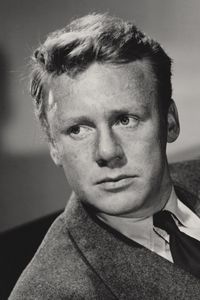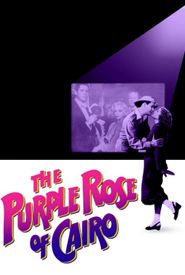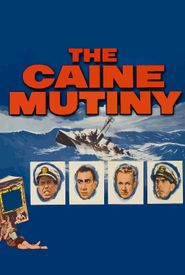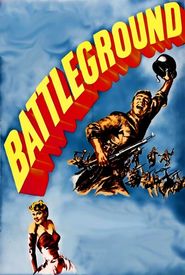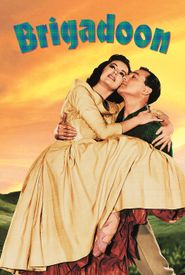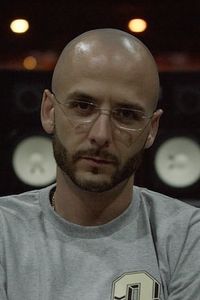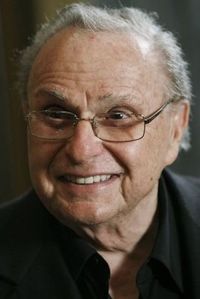Here is the biography of Van Johnson:
Van Johnson was the fresh-faced, well-mannered nice guy on screen that you always wanted your daughter to marry. This fair, freckled, and invariably friendly-looking MGM song-and-dance star of the 40s emerged a box office favorite (1944-1946) and second only to heartthrob Frank Sinatra during what gossip monger Hedda Hopper dubbed the "Bobby-soxer Blitz" era.
Born Charles Van Dell Johnson in Newport, Rhode Island, on August 25, 1916, Van was the only child of Loretta (Snyder) and Charles E. Johnson. His paternal grandparents were Swedish, and his mother was of German, and a small amount of Irish, ancestry.
Johnson endured a lonely and unhappy childhood as the sole offspring of an extremely aloof father (who was both a plumber and real estate agent by trade) and an absentee mother (she abandoned the family when he was three, the victim of alcoholism). A paternal grandmother helped in raising the young lad.
Happier times were spent drifting into the fantasy world of movies, and he developed an ardent passion to entertain. Taking singing, dancing, and violin lessons during his high school years, he disregarded his father's wish to become a lawyer and instead left home following graduation to try his luck in New York.
Early experiences included chorus lines in revues, at hotels, and in various small shows around town. A couple of minor breaks occurred with his 40-week stint in the "New Faces of 1936" revue (making his Broadway debut) and in a vaudeville club act (based around star Mary Martin) called "Eight Young Men of Manhattan" that played the Rainbow Room.
He served as understudy to the three male leads of Rodgers and Hart's popular musical "Too Many Girls" in October of 1939 and eventually replaced one of them (actor Richard Kollmar left the show to marry reporter Dorothy Kilgallen). He also formed a lifelong and career-igniting friendship with one of the other leads, Desi Arnaz.
Johnson made an inauspicious film debut with Arnaz in Too Many Girls (1940) when the musical was eventually lensed in Hollywood, but he was cast in a scant chorus boy part. Following a stint on Broadway in "Pal Joey" in 1940, Warner Bros. signed Van to a six-month contract.
He went on to co-star with Faye Emerson in Murder in the Big House (1942),but they dropped him quickly feeling that his acting chops were lacking. It was Arnaz's wife Lucille Ball, who had recently signed with MGM, who introduced Van to Billy Grady, MGM's casting head, and instigated a successful screen test.
With the studio's top male talent off to war, Van (along with Peter Lawford) served as an earnest substitute donning fatigues in such stalwart movies as Somewhere I'll Find You (1942) The War Against Mrs. Hadley (1942) and The Human Comedy (1943). In addition, he replaced actor/war pacifist Lew Ayres in the "Dr. Kildare/Dr. Gillespie" film series after Ayres was unceremoniously dumped by the studio for his unpopular beliefs.
Stardom came, and at quite a price, for Van when he was cast yet again as a wholesome serviceman in A Guy Named Joe (1943). During the early part of filming, he was severely injured in a near-fatal car crash (he had a metal plate inserted in his skull, which instantly gave him a 4-F disqualification status for war service).
Endangered of being replaced on the film, the two stars of the picture, Spencer Tracy (who became another lifelong friend) and Irene Dunne, insisted that the studio work around his convalescence or they would quit the film. The unusually kind gesture made Van a star following the film's popular release and resulting publicity.
Van's career soared during the war years, making him and Lawford the resident heartthrobs not only in musicals (Two Girls and a Sailor (1944),Easy to Wed (1946)),but in airy comedies (Week-End at the Waldorf (1945)) and, of course, more war stories (Thirty Seconds Over Tokyo (1944)).
When the big stars such as Clark Gable, James Stewart, and Robert Taylor returned to reclaim post-war stardom, Van willingly relinquished his "golden boy" pedestal, but he remained a high-profile musical star opposite the likes of June Allyson, Esther Williams, and Judy Garland.
He continued to demonstrate his dramatic mettle in such well-regarded films as Command Decision (1948),State of the Union (1948),Battleground (1949),Brigadoon (1954),and The Caine Mutiny (1954) and remained a popular star for three more decades.
When MGM
